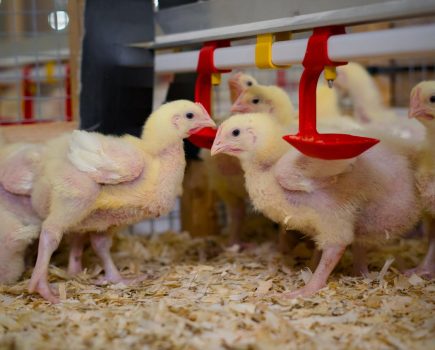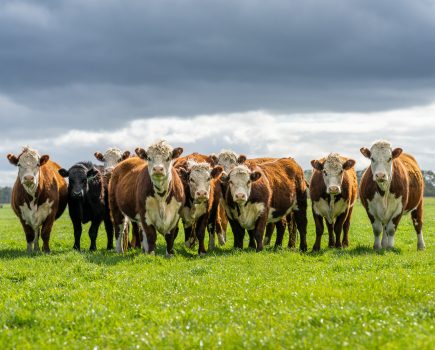With margins becoming tighter, farmers need to look to ways of improving efficiency wherever possible says Westpoint Farm Vets. Metabolic profiling can be an incredibly useful tool to assess the nutritional status of tue herd; it allows the fine-tuning of rations to optimise the health status of the animals.
By metabolic profiling, we are basically asking the cows what they think of the diet they are being fed; a much better indicator than looking at any rationing software programme.
Why test?
Metabolic profiling provides the earliest indication of the effects of a new diet. It has become more commonplace in the dairy industry, but remains underused in the beef industry. Nutrition plays such a vital role in both dairy and beef sectors, and the speed of detecting and correcting nutritional problems can have a considerable economic impact.
• Maximising calf output
– Reduced calving intervals through improved fertility
– Increased colostrum and milk production to improve calf growth.
• Managing the transition period
– Increased milk yield per cow per year
– Improved milk quality.
What are we looking for?
To assess the energy balance of cows, we are looking at the levels of beta-hydroxybutyrate (BHB), non-esterified fatty acids (NEFAs) and glucose. For protein status, urea nitrogen, total protein and albumin are measured.
Who do we test?
It involves blood testing animals at various stages of production:
• Dairy: pre-calving, post-calving and mid-lactation (60-100 days)
• Beef: pre- and post-calving.
Cows must have had at least two weeks to adapt to any ration changes before blood sampling for the results to reflect the new ration. For accurate interpretation of the results, extra information about the ration and individual animals is required. This includes the ration formulation and forage analysis and, from the individual cow, the calving date, body weight and body condition score.
Interpreting your results
Energy levels in the diet are the most important factor influencing the performance of your cattle. By blood sampling at the critical times (late pregnancy and early lactation), we can detect energy problems when cows are entering negative energy balance. It can also show the level of available energy from the forage and allows the farmer to make economic adjustments to include concentrates to meet the requirement demands.
Protein levels in the body can be used as indicators for disease around the transition period. Cows which are short of protein can have an increased susceptibility to disease. Low protein levels can lead to reduced quality of colostrum and milk, having a further knock-on effect for calves and into lactation.
It is worth remembering that the results can also highlight overfeeding, especially of protein, which is both inefficient and costly.
In recent years, metabolic profiling has become much more economically viable in assessing rations and improving the health status of dairy and beef cattle. It’s a quick and cost-effective tool where alterations and any additions to the feeding system can be based on actual information, rather than making assumptions and guesses.
For more like this, sign up for the FREE South East Farmer e-newsletter here and receive all the latest farming news, reviews and insight straight to your inbox.







